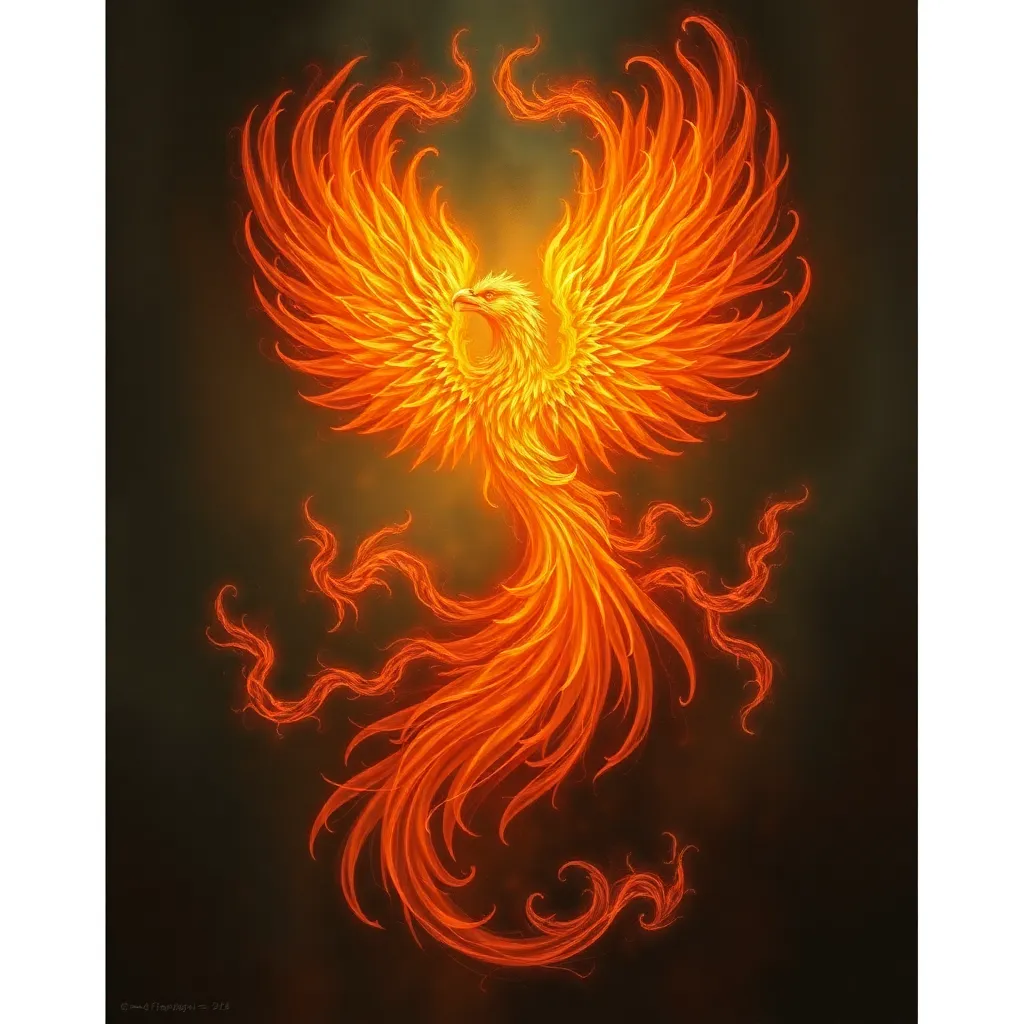The Firebird in Slavic Art and Music: A Burning Inspiration
I. Introduction
The Firebird legend is a captivating tale woven into the fabric of Slavic culture, representing not only a mythical creature of extraordinary beauty but also a profound symbol of transformation and inspiration. The Firebird, often depicted as a radiant, glowing bird, is a recurring motif in various forms of art and music, embodying the struggle between good and evil, freedom, and the pursuit of dreams.
II. Historical Context of the Firebird Legend
The origins of the Firebird myth can be traced back to ancient Slavic folklore, where it is depicted as a magical bird with feathers that shimmer like fire. This myth has undergone significant evolution throughout history, adapting to the cultural and societal changes within the Slavic world.
- Folkloric Roots: Early tales of the Firebird typically involve a hero’s quest to capture the bird, leading to adventures full of challenges and magical encounters.
- Literary Adaptations: Over time, the Firebird narrative has been interpreted in various literary works, reflecting the moral and ethical dilemmas faced by characters in their journeys.
- Symbolic Evolution: The Firebird has transformed from a mere creature of folklore to a complex symbol representing various aspects of human experience, including hope and redemption.
III. The Firebird in Visual Art
Throughout history, the Firebird has inspired countless artists, leading to a rich tapestry of visual representations. Notable artworks depict the Firebird in various styles and techniques, each interpretation adding depth to its symbolism.
- Prominent Artists:
- Ivan Bilibin: Known for his intricate illustrations of Russian fairy tales, Bilibin’s depiction of the Firebird showcases its ethereal beauty and enchanting presence.
- Marc Chagall: In his works, Chagall often incorporated the Firebird, emphasizing themes of love and spirituality, merging folklore with personal narratives.
- Artistic Styles: The Firebird is portrayed through various artistic styles, including:
- Folk Art: Utilizing vibrant colors and traditional motifs.
- Modernism: Abstract interpretations that focus on the essence of the Firebird rather than its literal representation.
In visual art, the Firebird symbolizes not only beauty and grace but also the transformative power of art itself, inspiring viewers to seek deeper meanings in their own lives.
IV. The Firebird in Music
One of the most famous interpretations of the Firebird is Igor Stravinsky’s ballet, “The Firebird,” composed in 1910. This work has had a profound impact on the world of music and remains a cornerstone of the ballet repertoire.
- Stravinsky’s Ballet:
- The ballet tells the story of Prince Ivan, who captures the Firebird and gains its magical assistance to defeat evil forces.
- Stravinsky’s rich orchestration and innovative use of rhythm brought the Firebird to life, captivating audiences worldwide.
- Folk Music Influence: The Firebird theme resonates in various forms of orchestral and folk music, often highlighting:
- The use of traditional Slavic instruments.
- Melodies that evoke the mystical qualities associated with the Firebird.
- Comparative Interpretations: Other composers and musicians, such as Rimsky-Korsakov, have drawn inspiration from the Firebird, creating pieces that explore similar themes of magic and transformation.
V. The Firebird in Literature
The Firebird legend has inspired numerous literary works, ranging from classic fairy tales to contemporary novels. These adaptations often explore deep thematic elements, reflecting the struggles and aspirations of their characters.
- Classic Fairy Tales: Many traditional stories incorporate the Firebird as a central figure, symbolizing the quest for freedom and the triumph of good over evil.
- Modern Adaptations: Contemporary authors have reimagined the Firebird, infusing the tale with modern sensibilities and exploring themes such as:
- Identity and self-discovery.
- The balance between nature and civilization.
- The enduring power of hope and resilience.
VI. Cultural Significance and Symbolism
The Firebird holds a special place in Russian and broader Slavic identity, serving as a cultural icon that transcends time and geography. Its significance can be summarized as follows:
- Symbol of Hope: The Firebird represents the possibility of transformation and renewal, inspiring individuals to pursue their dreams.
- Struggle and Resilience: The narratives surrounding the Firebird often reflect the struggles faced by people, embodying the spirit of resilience in the face of adversity.
VII. Contemporary Interpretations of the Firebird
In recent years, the Firebird has continued to inspire modern artists and composers, leading to fresh interpretations across various mediums.
- Artistic Representations: Contemporary artists are reinterpreting the Firebird through various forms, including digital art, installations, and mixed media, often exploring themes of:
- Environmentalism and the connection to nature.
- The intersection of technology and tradition.
- Modern Musical Compositions: New compositions and reinterpretations of Stravinsky’s work continue to explore the Firebird’s themes, often blending classical elements with modern genres.
VIII. Conclusion
The Firebird’s legacy in Slavic art and music is a testament to its enduring power and relevance. From its origins in folklore to its contemporary interpretations, the Firebird continues to inspire artists and audiences alike, symbolizing hope, transformation, and the relentless pursuit of beauty. As we reflect on the Firebird’s journey through history, it is clear that its flame will continue to burn brightly, igniting creativity and imagination for generations to come.



